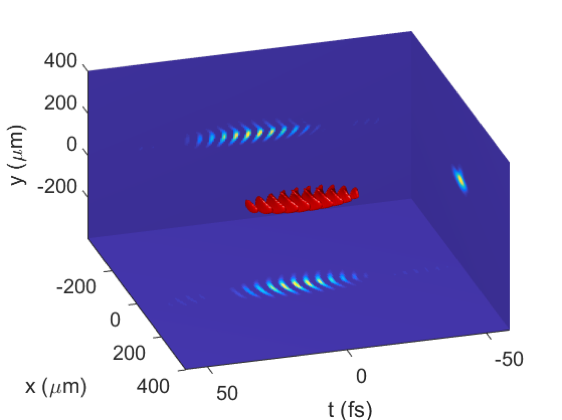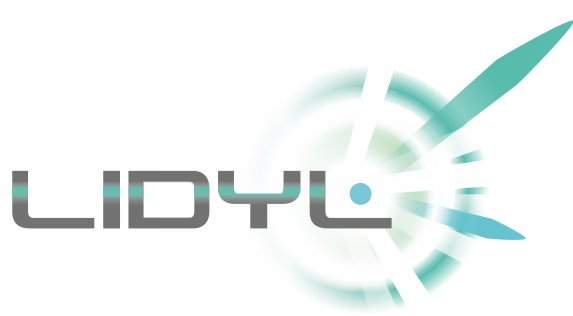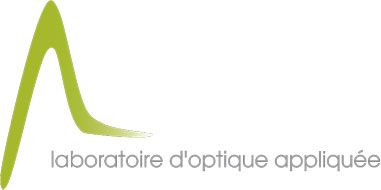Thierry Ruchon (LIDyL), Pascal Salière (LIDyL), Rodrigo Lopez-Martens (LOA), Franck Delmotte (LCF)
The new platform ATTOLab at CEA-Orme des Merisiers is designed to carry out ultrafast dynamic studies in condensed and gas phases. The SE1 laboratory aims at providing a versatile source of attosecond light bursts adapted to experiments requiring intense pulses. The first XUV photons in ATTOLab has been produced in autumn 2016. After a first phase of optimization, we started in 2017 to carry out studies on time-resolved photoionization in atoms.
The control and knowledge of the intense femtosecond laser pulses which are used to generate the attosecond sources are of upmost importance for the quality of the interaction. So far, such lasers are only characterized consecutively in space and in time, and assumed to be homogeneous. This is often not the case, especially on beams exhibiting large spectrum and large diameters.

Opposite curvatures of the spatial phase in the vertical and horizontal direction (see pannels) are characteristic of astigmatism
Résultats obtenus dans le cadre du projet de chaire junior externe d’Antonin Borot intitulé Isolated Multiple Attosecond Pulse Source (IMAPS) financé par le thème 3 du LabEx PALM et porté par Thierry Ruchon (LIDyL), Pascal Salière (LIDyL), Rodrigo Lopez-Martens (LOA), Franck Delmotte (LCF).


